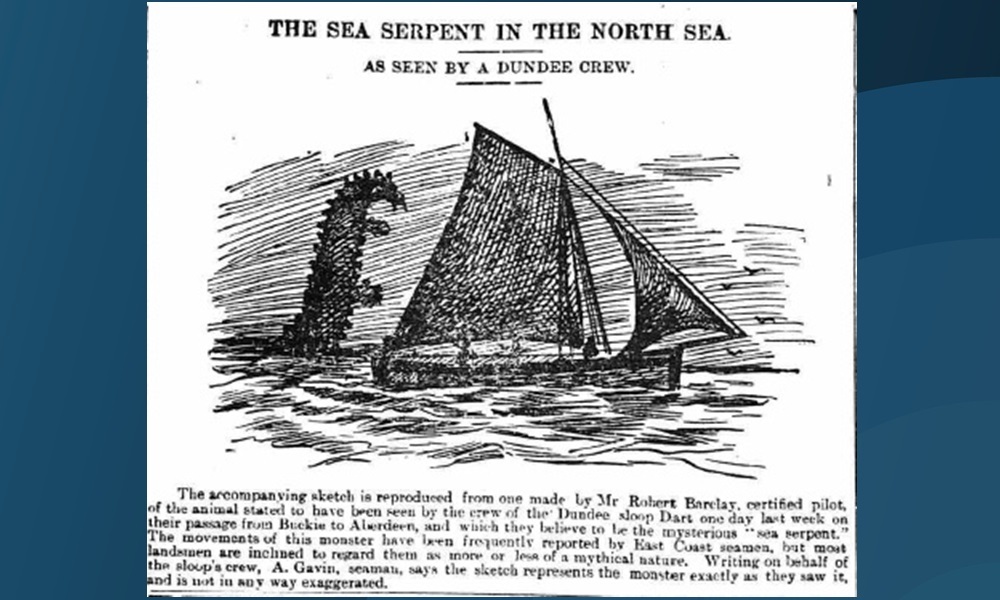Bigfoot is living in the woods of Fife and Angus, according to recent claims in The Courier. Sightings of this creature were reported at Carmyllie and the Five Roads roundabout.
Bigfoot is a Yeti-type monster, seven feet tall, very hairy and with the ability to put on a good sprint when it wants to.
Last week a former civil servant broke his 10-year silence to tell us about his encounter at Five Roads.
He saw it at 3.40am one summer morning and said: “This was a large, hairy, ape-like creature. There was an unpleasant odour in the air.”
At that time of the morning in the half light, it could well have been just a clubber returning from a night out in Dundee.
Factor in high heels and a fulsome hairstyle and you can begin to understand the confusion.
In our younger years, I’m sure many of us made similar blunders in dimly-lit nightclubs. But youth is a steep learning curve.
Reports of mythical creatures have featured in this newspaper for the last 200 years.
The most common sightings were of mermaids but not all of these were genuine.
While there are credible accounts of mermaids in Scottish waters, the encounters of mariners in the Far East are laced with farce.
Local pirates used to create mermaids and place them on rocks to try to force western merchants vessels to stop.
Their favourite trick was to shave a monkey, smarten it up with some rouge, a fetching blouse and a wig and tie a large fish tail over its lower half.
Then they would wait for a boat load of wolf-whistling jack tars to appear.
It may sound like an unsophisticated trick but when you have been at sea for weeks, I suppose beauty is comparative.
I can understand that. I have been out on the town with Royal Marines just back from a combat mission and witnessed a similar phenomenon.
By 1870, mermaid sightings were largely confined to the Solway, Orkney and Argyllshire though in earlier times, there were frequent reports on the east coast.
In the 1600s, singing mermaids made regular appearances near Aberdeen harbour.
In 1857 there was a well-documented sighting near Port Charlotte in Argyllshire and as late as 1950 a mermaid’s skeleton was dug up on Staffa. This was believed to be 2000 years old and had a semi-aquatic leg formation.
A more frightening marine creature was the sea serpent, which seemed quite at home off the east coast.
In 1894 the crew of the Dundee sloop, Dart, had a terrifying brush with a serpent in the Moray Firth.
As they were sailing from Buckie to Aberdeen the angry beast broke the surface and projected itself to the height of the mast.
Robert Barclay and his crew had ample time to study the serpent and one sailor, A. Gavin, later produced a sketch of it (see above) which The Courier published.
